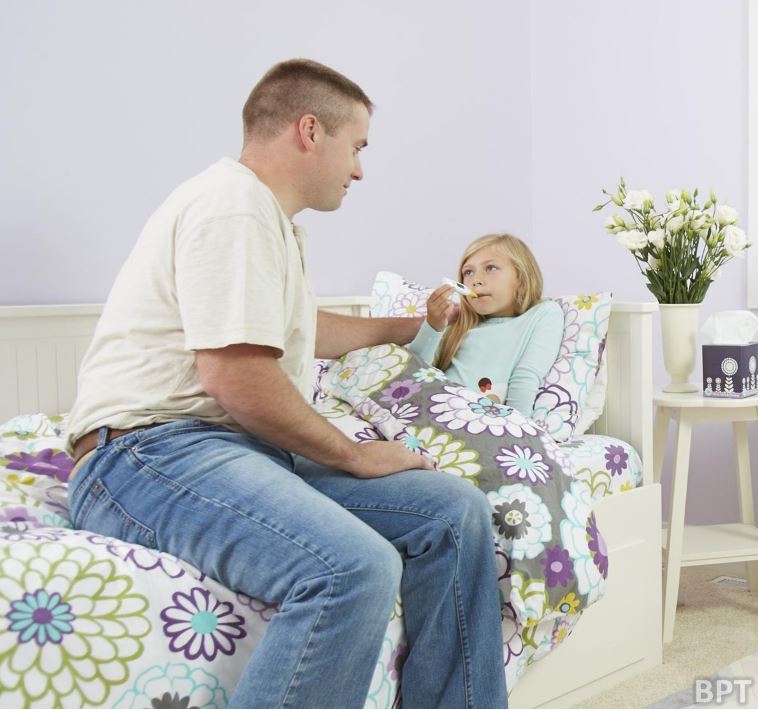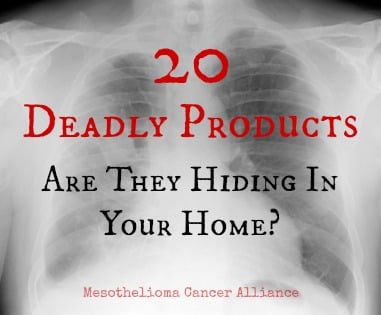IS YOUR HOME MORE POLLUTED THAN NEW YORK CITY?
by Adrienne van Dooren
According to the EPA, “the air within homes and other buildings can be more seriously polluted than the outdoor air in even the largest and most industrialized cities.” Since most people spend 85-90 percent of their time indoors, the health risks (asthma, lung disease, cancer, etc.) are drastically increased due to interior pollution. Many people don’t realize that many common building and home décor products emit poisons into the home on a continuous basis. Traditional “stick built” homes are generally built using treated woods, pressed wood products containing formaldehyde, off gassing pvc, oil based floor sealers and synthetic carpets which release pollutants continuously.
If you are building a home, it is important to build “green.” A good green builder will use only non-gassing materials, from the structure itself to the floors and countertops, to ensure a healthy home.
Too many consumers assume an “energy efficient” home is the same thing as a green home because it saves the environment from excess coal and other sources needed to heat and cool the home. However green homes are both energy efficient and healthy.
Traditionally built homes that are more air tight for energy efficiency actually exacerbate the interior air quality problem since due to decreased airflow.
But what about cost?
Susan Colwell, CEO of MyGreenCottage Custom Home Builders states, “building green doesn’t have to cost more. While green building materials such as steel, specialty insulation and real wood cabinets are more expensive, as a national homebuilder we can take advantage of quantity discounts and smarter building practices. In most cases we can build a custom green home for the same price as a traditional custom home.”
Energy cost savings, tax breaks, lower maintenance costs higher resale value and improved health make the green home by far the better value.
If you aren’t building, there are several steps you can take to improve the air in your home:
10 Steps to improving interior air quality.
1. Identify and minimize pollutant sources
Pollutants include combustion sources such as oil, gas, wood, kerosene, coal, candles and tobacco products; central heating and cooling systems, building materials containing formaldehyde, asbestos, synthetic carpets, cabinetry or furniture made of certain pressed wood products; household cleaning products, air fresheners, toiletries, hobby and craft supplies; radon, pesticides, mold, and exterior pollutants either vented in or tracked in on shoes.
Biological contaminants include bacteria, molds, mildew, viruses, animal dander and cat saliva, house dust mites, cockroaches, and pollen. There are many sources of these pollutants. Pollens originate from plants; viruses and bacteria are carried by people, animals, soil and plants.
Some sources, such as asbestos, lead, and PVC can be sealed in plastic or paint; others, like gas stoves, can be adjusted to decrease the amount of emissions. Items such as toxic household cleaners can be eliminated all together. Keeping a very clean home and asking visitors to take off their shoes at the door can minimize biological contaminants.
2. Improve Ventilation
Open windows and doors to let in fresh air from time to time and use window or attic fans when possible to remove stale air. Bathroom and kitchen fans help as well. Be especially careful when using paints, solvents and household cleaners
3. Purchase an air cleaner
There are many air cleaners on the market, some more effective than others at removing air particles. Air cleaners are generally not designed to remove gaseous pollutants.
4. Measure levels of radon in your home and in your well water. Take appropriate steps to mitigate exposure.
5. Properly vent fireplaces, wood stoves, etc. and use tight doors and outdoor air intakes whenever possible. Vent central vacuum cleaners and clothes dryers directly outdoors.
6. Have Fossil-fuel-fired water heaters and furnaces checked every year for adequate seals and venting.
7. Keep the garage entrance to the home shut and apply weather-stripping to the doors to reduce airborne contaminant transport around the door edges. If ducts pass through a garage or other potentially polluted space, seal the ducts well to avoid entrainment of polluted air.
8. Install a good particle filter in your air handling system to keep dirt out of the air and off of your ductwork and heating and cooling components. Maintain it or replace it monthly.
9. Get rid of old paints, solvents, cleaners, pesticides, etc that you don’t plan to use. Store any remaining cans away from your living areas and air ventilation intake valves.
10. Limit unvented combustion sources such as candles, indoor barbecues, and vent-free heaters/ fireplaces.
Written by Adrienne van Dooren, green homes expert and author of “The House that Faux Built: Transform Your Home with Paint, Plaster and Creativity”
Adrienne van Dooren is National Marketing Director for MyGreenCottage and author of The House that Faux Built: Transform Your Home with Paint, Plaster and Creativity. Learn more about building green and creating beautiful interiors at www.mygreencottage.com and www.fauxhouse.com





Leave a Reply